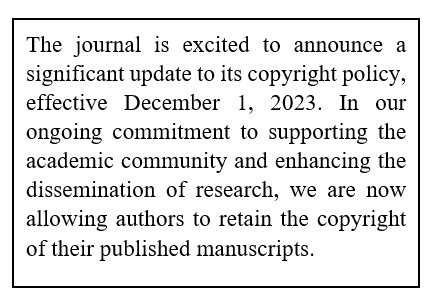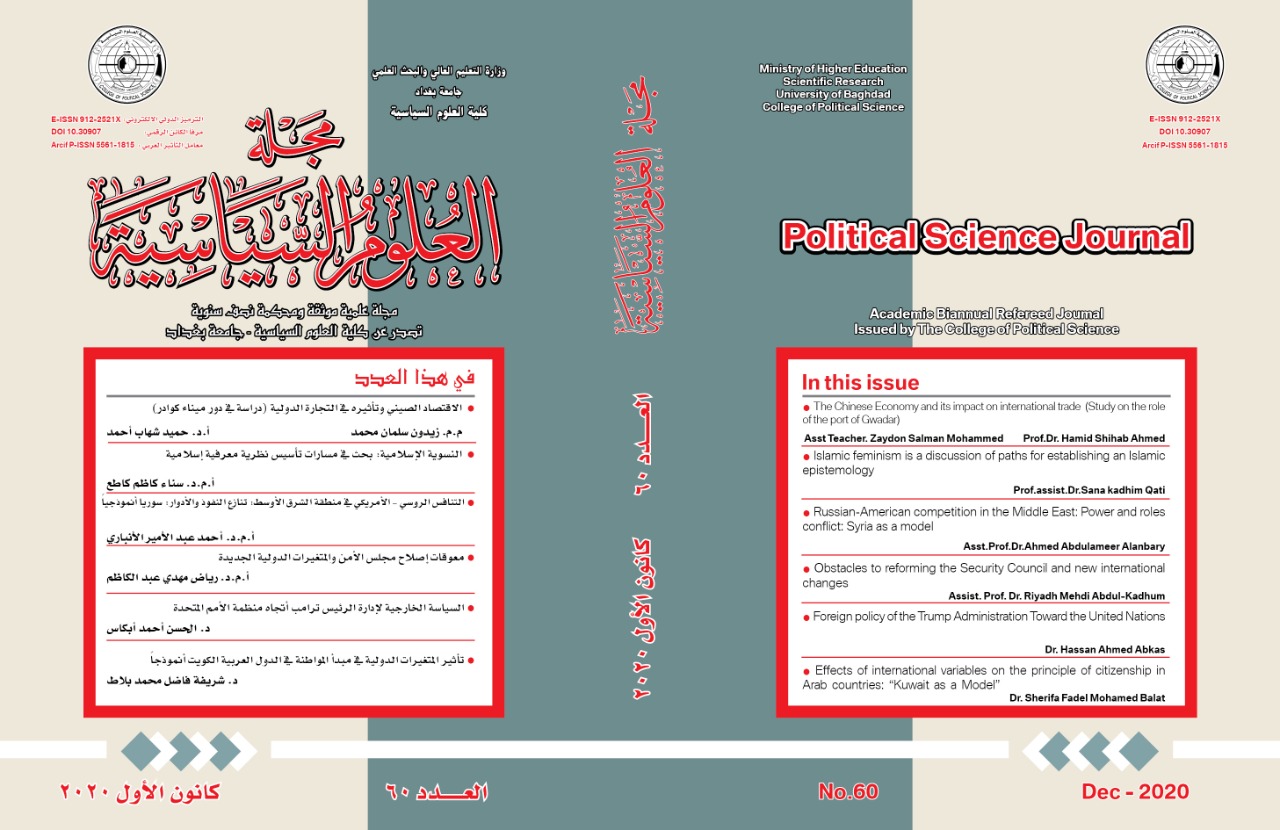The Role of the European Union in Conflicts Resolution in the Eastern Neighborhood: Selected Models
DOI:
https://doi.org/10.30907/jcopolicy.vi66.667Keywords:
The Eastern Partnership, the European Union, Conflict Resolution, Defense & Security, LisbonAbstract
The launch of the EU’s Eastern Partnership in 2009 intended to signal a new, elevated level of EU engagement with its Eastern neighborhood. Yet there remain several long-simmering and potentially destabilizing conflicts in the region, with which EU engagement thus far has been sporadic at best. The Union’s use of its Common Security and Defense Policy (CSDP) in the region and to help solve these disputes has been particularly ad hoc and inconsistent, wracked by inter-institutional incoherence and undermined by Member States’ inability to agree on a broad strategic vision for engagement with the area.
The three CSDP missions deployed to the region thus far have all suffered from this incoherence to various extents. In particular, all three were tasked with long-term mandates far beyond their real capabilities, largely for symbolic reasons. This reflects a perception, common in Brussels even after the Treaty of Lisbon, that the EU’s instruments are either ‘political’, like the CSDP, or ‘technocratic’, like the European Neighborhood Policy (ENP). Yet the CSDP’s role as political symbol has only made Member States reluctant to deploy it in such a politically-sensitive region, and this artificial and unrealistic distinction between the two types of policy instruments has hampered the EU’s ability to use its wide variety of tools in an effective, coherent and long-term way.
This paper argues that the creation of the European External Action Service (EEAS), as well as the relatively positive current climate of Eurasia relations, offer an unrivalled opportunity for the EU to reconsider its approach to using CSDP to help resolve the conflicts in its Eastern neighborhood. First, the EEAS must develop a set of concrete and politically realistic policy aims for each of the three major disputes in the region: in Transnistria, Nagorno-Karabakh and the two breakaway provinces of Georgia, South Ossetia and Abkhazia. The EEAS, together with the Directorate General for the ENP, should then plan together to use their various instruments in support of one another, rather than, as has too often been the case until now, merely brief one another on separate but parallel policies.
References
Barbe, Esther, and Elisabeth J. Nogues. 2008. "The EU as a Modest 'Force for Good': The European Neighbourhood Policy." International Affairs 84, no. 1 (June): 81-96. doi.org/10.1111/j.1468-2346.2008.00690.x
Celac S., Michael E. and Nathalie T. 2000: A Stability Pact for The Caucasus. Centre for European Policy Studies.
https://aei.pitt.edu/32563/1/2._A_Stability_Pact_for_the_Caucasus.pdf
Coppieters, Michel H., Tamara K., Gergana N., Nathalie T., Michael E., Marius V. 2004. Europeanization and conflict resolution: case studies from the European periphery. Academia Press
Dannreuther, Roland. 2004. European Union Foreign and Security Policy ‐ Towards a Neighborhood Strategy. Europe: Psychology Press.
Dobrescu, Madalina. 2015. "EU security practices in Eastern Europe: Extending European peace or managing risks?" Discussion Paper, Institute for European Integration, Hamburg. https://www.econstor.eu/bitstream/10419/107681/1/819306185.pdf
Elnashra. 2022. " Moldovan President: The conflict in Transnistria must be settled before we become a member of the European Union" June 25, 2022. https://www.elnashra.com/news/show/1576946
Euronews. 2022." The separatist Transdniestria is committed to its project of independence from Moldova and may join Russia" July 22, 2022 https://arabic.euronews.com/my-europe/2022/07/22/transnistria-committed-achieving-independence-moldova-possible-unification-with-russia
HIGASHINO, ATSUKO. 2004. “For the Sake of ‘Peace and Security’? The Role of Security in the European Union Enlargement Eastwards.” Cooperation and Conflict 39, no. 4 (December): 347–68. DOI:10.1177/0010836704047579
Hill, Christopher. 2001. "The EU's Capacity for Conflict Prevention." European Foreign Affairs Review 6, no. 3 (June): 315-333.doi.org/10.54648/383250
Hill, William. 2021. "Putin on Moldova: What Can We Still Learn from a 2003 Failure?" Wilson Center. January 15, 2021. https://www.wilsoncenter.org/blog-post/putin-moldova-what-can-we-still-learn-2003-failure.
International Crisis Group. 2006. "Conflict Resolution in the South Caucasus: the EU`s Role." March 20, 2006 https://www.crisisgroup.org/europe-central-asia/caucasus/conflict-resolution-south-caucasus-eu-s-role
Lobjakas, Ahto. 2006. " Prospects for a South Caucasus Stability Pact Recede” RFE/RL. May 12, 2006. https://www.rferl.org/a/1068369.html
Mansur, Mohammed. 2022. "Region of Transnistria". A new epicenter of escalation in Eastern Europe" Almayadeen network. 26 May, 2022 https://www.almayadeen.net/research-papers/%D8%A5%D9%82%D9%84%D9%8A%D9%85-%D8%AA%D8%B1%D8%A7%D9%86%D8%B3%D9%86%D9%8A%D8%B3%D8%AA%D8%B1%D9%8A%D8%A7-%D8%A8%D8%A4%D8%B1%D8%A9-%D8%AA%D8%B5%D8%B9%D9%8A%D8%AF-%D8%AC%D8%AF%D9%8A%D8%AF%D8%A9-%D8%B4%D8%B1%D9%82%D9%8A-%D8%A3%D9%88%D8%B1%D9%88%D8%A8%D8%A7
Mehtiyev, Elkhan. 2004 "Perspectives of Security Development in the South Caucasus" Peace and Conflict Resolution Center 75, no. 5 (June): 282-287.https://www.bmlv.gv.at/pdf_pool/publikationen/10_ssg_10_meh.pdf
Nohlen, Dieter and Philip Stover. 2010. Elections in Europe: A data handbook. Europe: Nomos Publishers.
Popescu, Nicu. 2005. "The EU Special Representative for Moldova" Journal of Foreign Policy of Moldova 115, no.02 (July): 234-250. https://www.ceeol.com/search/article-detail?id=24787
Sergunin, Alexander and Karabeshkin Leonid. 2015. "Understanding Russia's soft power Strategy" Political Studies Association 35, no. 3 (December): 347-363. Doi: 10.1111/1467-9256.12109
Yositish, Mohammed. 2016 " Russia in a Polycentric World: The Struggle for Influence and Hegemony" Al Jazeera Center for Studies. July 25, 2016 https://studies.aljazeera.net/ar/reports/2016/07/160725081946569.html.
Downloads
Published
Issue
Section
License
Copyright (c) 2023 Nahreen Jwad

This work is licensed under a Creative Commons Attribution 4.0 International License.






 ©️ 2023 The Author(s). Published by College of Political Science, University of Baghdad. This is an Open Access article distributed under the terms of the
©️ 2023 The Author(s). Published by College of Political Science, University of Baghdad. This is an Open Access article distributed under the terms of the 












